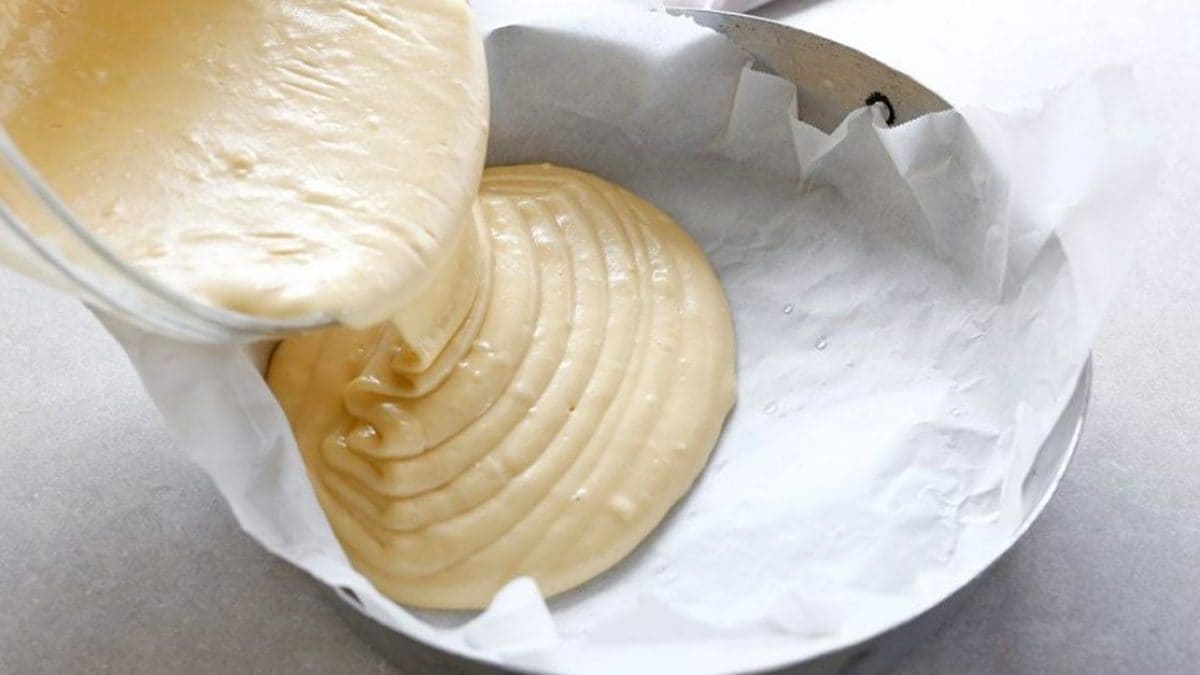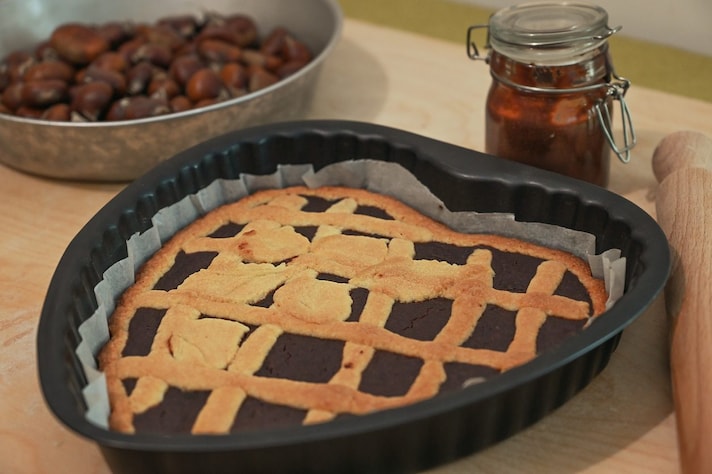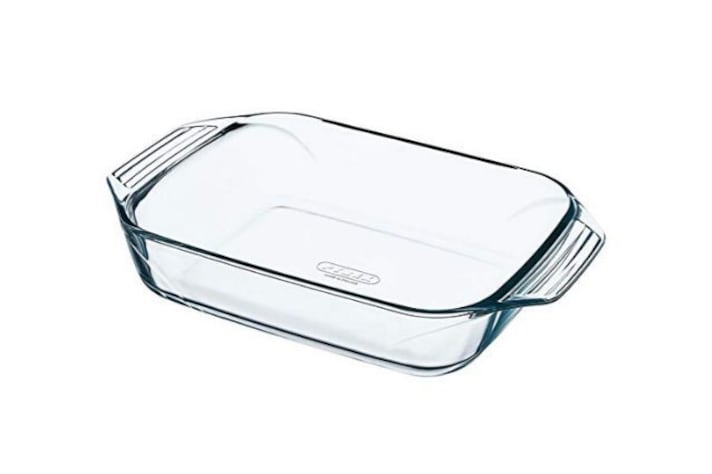
To serve a perfect dessert, you'll need to pay attention to a few simple rules: assuming you follow the dough proportions to the letter, the next step is choosing the right pan, or, more precisely, the right size. A pan that's too large can result in a flat, dry, and biscuity cake —nothing to be proud of, in short; similarly, a pan that's too small can be too narrow, resulting in overflowing batter or uneven baking. So, how do you choose the right pan size? And what about the material: glass, aluminum, or ceramic? Based on the recipe and the number of guests, which baking pan should you choose? Here's a quick guide to help you avoid making further mistakes.
How to Choose The Right Size: A Few Numbers
Have you baked a delicious cake, but when it came time to cut it, you realized you only got six of the 12 servings you were hoping for? Well, you probably chose the wrong pan size, and someone was left empty-handed. Before choosing the pan, we need to ask ourselves: how many people are we serving? The baking pan guideline is as follows:
- For 6 people: round baking pan, diameter 17 centimeters (6 inches), rectangular mould 18×15 centimeters (7×5 inches);
- for 8 people: round baking pan, diameter 20 centimeters (7 inches), rectangular mould 20×16 centimeters (7×6 inches);
- for 10 people: round baking pan, diameter 22 centimeters (8,6 inches), rectangular mould 22×17 centimeters (8×6 inches);
- for 12 people: round baking pan, diameter 24 centimeters (9 inches), rectangular mould 24×21 centimeters (9×8 inches);
- for 14 people: round baking pan, diameter 26 centimeters (10 inches), rectangular mould 23×26 centimeters (9×10 inches);
- for 16 people: round baking pan, diameter 28 centimeters (11 inches), rectangular mould 28×25 centimeters (11×9 inches);
- for 18 people: round baking pan, diameter 30 centimeters (11.8 inches), rectangular mould 30×27 centimeters (11,8×10,6 inches);

The second question to ask yourself, to avoid making the wrong choice of baking pan, is: what type of recipe are we going to make? If you're thinking of a sponge cake, the best choice is undoubtedly a round or rectangular pan, preferably a springform pan; loaf cakes prefer a long, high-sided pan, while traditional bundt cakes require their own pan. Homemade tarts and babas? In this case, you can let your imagination run wild and opt for a wide variety of molds and sizes.
Every Recipe Needs Its Own Material
Baking pans vary not only in shape and size, but also in the material they're made of. Depending on the recipe you're serving, you can choose from several different types of pans:
- The most common baking pans are metal ones, distinguished by steel or stainless steel. Recommended for preparations that require high temperatures, steel pans distribute heat very evenly and are ideal for baking tarts, focaccia, or pizza; stainless steel pans are slightly more expensive and delicate. In both cases, it's important to remember that metal pans are not suitable for storing cooked foods;
- silicone: flexible, non-stick and with excellent heat resistance, silicone pans are increasingly used in our kitchens, they are easy to clean and very often do not need to be greased;
- Ceramic: Ceramic pans heat up more slowly than other types of pans and are ideal for preparing lasagna, meat, or fish dishes. Their high edges and thick bases maintain the food's temperature perfectly, even after removing them from the oven.
- glass: there is nothing more spectacular than a roast brought to the table in a glass baking dish, also known as Pyrex trays, a material that resists and distributes heat well.

;Resize,width=767;)
